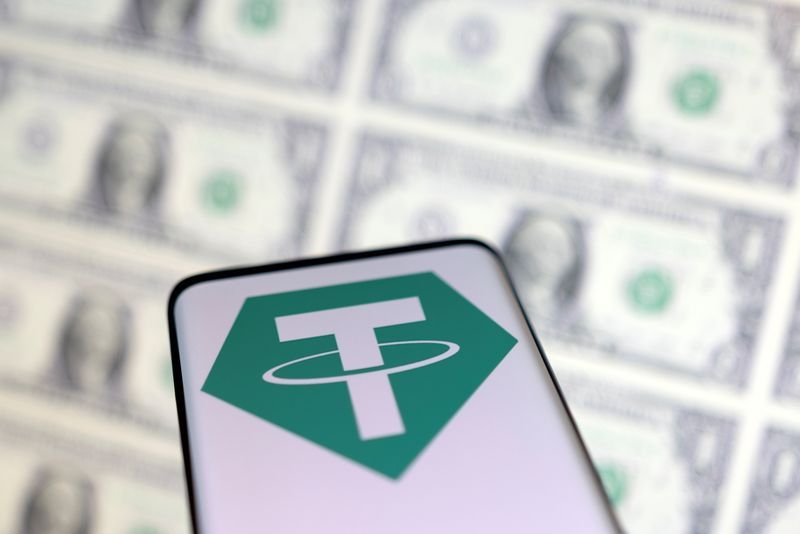
Meta’s Ray-Ban sunglasses successful partnership adds a breakthrough feature in 2025, which could show us what ‘future smartphones’ might look like, and kick off a new app economy. — Ray-Ban
Since its pivot from being merely the social media and ad platform Facebook to its transformation into “Meta”, a company all-in on digital reality systems, Mark Zuckerberg’s company has reportedly poured “tens of billions of dollars” into its investments in “artificial intelligence, augmented reality and other metaverse technologies”, according to Reuters. The end product, designed to realise Zuck’s augmented reality (AR) dreams, may soon bear fruit.
Since 2023, when Meta entered a partnership between sunglasses-making icon Ray-Ban, that’s been an evolving success, resulting in last year’s release of audio-only AR glasses that have sold like hotcakes, even outselling boring low-tech Ray-Bans in some places.
Now a strong rumour says that Meta plans to accelerate its smart glasses push, and might add a small display to the Meta Ray-Ban AR glasses next year. If it succeeds, this tech could transform the smart wearable tech industry.
A new report in the Financial Times says that in the second half of next year, Meta may release an updated version of the Ray-Ban glasses that sports a small display readable only by the wearer. Anonymous sources familiar with the plan told the newspaper this screen could show information like notifications and even responses from the system’s built-in AI features.
Though it sounds like a smallish change to the glasses, which currently retail for US$299 (RM1,336) in a screenless, audio-only design, the actual impact on the device’s capabilities could be profound. The audio powers of the glasses already impressed reviewers: recently Meta added some AI features to the system that allow real-time translation into a short list of foreign languages, and interpret images from the glasses’ built-in cameras that let it answer questions like “what am I looking at?”
And, as a reviewer at website Lifehacker put it, one benefit of these smart goggles compared to others on the market (thinking of Apple’s bulky Vision Pro, perhaps) this wearable tech doesn’t “look dorky”. That’s thanks to Ray-Ban’s Tom Cruise-like chicness.
If Meta adds a display, feedback from the AI could be much more focused, and would give the glasses more utility – you could read real-time AI-translated text from the original French, say, or peruse your email. There may even be exciting gaming possibilities, with real world objects interacting with digital graphic elements.
The promise of this kind of device was already demonstrated a decade ago when Google launched its wearable Glass device. Incorporating a display, and camera, Glass was a technological marvel for its era, but compared to the state of the art now the tech was immature, and it maybe arrived too early for the public. Wearers were quickly branded “glassh*les” and the product essentially failed, with some critics wondering if it was the “worst tech gadget ever invented”.
But it’s the 2020s now. And though AI-powered wearables like the Humane “Pin” recently suffered a similar fate as Google Glass, Apple’s betting big on AR tech with the US$3,500 (RM15,664) Vision Pro (and whatever cheaper, more public-facing device succeeds it) and Meta’s existing Ray Ban glasses are selling well. The public may actually be ready for face-worn tech.
And if Meta’s glasses get a display, then it’s possible – if Meta embraces the idea – that they could kick off a whole new app economy. Third-party developers would are likely champing at the bit to develop for the platform, since there are whole new types of app possibilities that wouldn’t make sense on any other gadget: developers have already produced hundreds of apps for the Vision Pro, even though Apple’s device hasn’t sold in big numbers.
Add the momentum of the AI revolution to the promise of this sort of innovative device, and consider that Meta is reportedly going to keep spending huge piles of cash to advance its AIs, too. Maybe 2025 will be the year wearable tech gets its time in the sun, snugly placed on our faces. – Inc./Tribune News Service









































